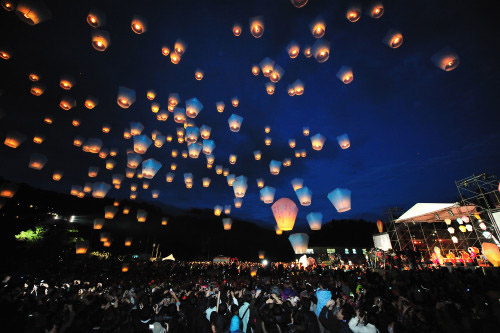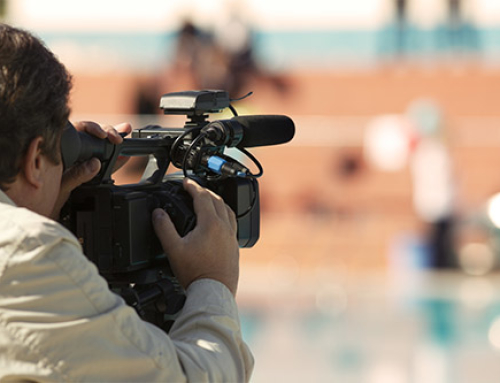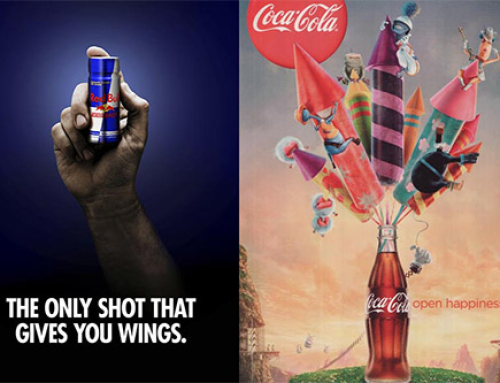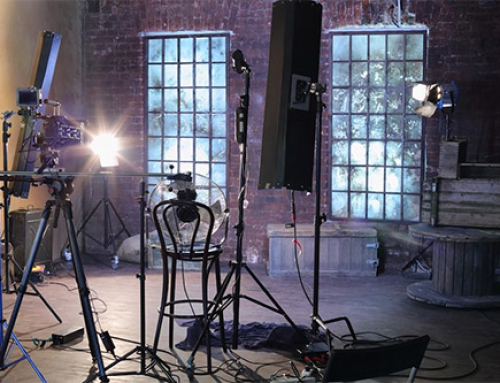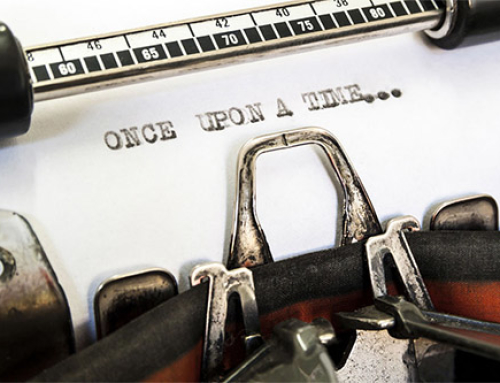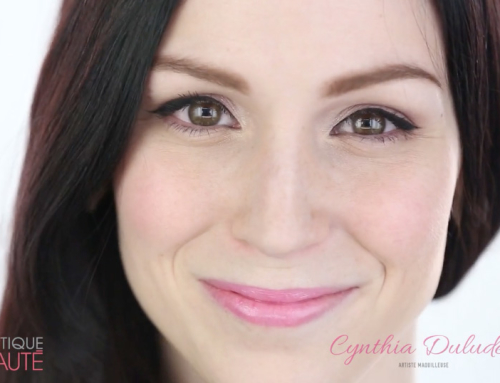Do you need to promote a product launch, book or movie release, or even a festival? Videos are the best way to communicate with your target audience and prospects. The communication campaign is usually split in two steps: before the event (teasing) and after the event (retrospective). Here are some advice to help you create a good communication campaign.
Teasing an event: encourage audience participation!
Every public event needs communication in order to attract visitors. It is not only about providing the date and program; you have to create excitement and curiosity!
The teaser, a short video introducing the event, is the perfect tool for it.
Be persuasive
Do not hesitate to use convincing and ‘’selling’’ images of your previous events (if you have some)
Use key numbers and dates
The use of key numbers and dates (i.e. 10 000 people, 30 artists, etc.) is a good way to illustrate the scale of your event.
Show your news
Your teaser has to insist on the elements you improved, things that were missing the past year and, last but not least, on the news you are offering.
Become an intrigue master
Something important: do not unveil everything! Make sure the viewer is somehow ‘’frustrated’’ and ready to click on your website or the event page (call-to-action).
Make people wait
Also, it is important to create suspense by submitting information only partially, and make people eager to know more by diffusing several different videos (pre-teasing, teasing, trailer, etc.)
Finally, make sure you follow the same editorial line and graphic chart all along your communication campaign. In addition to your logo and web address, this is how the audience identifies you.
Here is an example of well-managed teasing, done by the french festival Les Eurockéennes. These short teasers posted one by one are promoting the upcoming event.
Other example, a trailer for the quebecer comic book Les Nombrils. The video manages perfectly to create suspense!
Events retrospective: make people want to come back!
The after-event must absolutely not be neglected. It is easy to drop pressure once the event is over; yet communication is crucial at this point.
Immortalize the moment
During the event, take videos and pictures (putting forward your logos and posters as well as your partners’), interview participants, get some testimonies. The best thing you can do is to define in advance the content you seek for, while leaving room for spontaneity.
Share the moment
Once your image bank is full, it is time to use this wonderful resource. First, it is about sharing it with participants, who will surely be excited to look back at those memories and share it back.
Diffuse it strategically
Do not diffuse all your content at once, but preferably drop by drop, on a regular basis, on social medias and other strategic platforms. You will create a nice virtual ‘rendez-vous’ with participants, increase their loyalty and show others what they missed.
During your event retrospective, do not hesitate to name your coworkers and partners via your different networks. This is a good and effective way to reinforce your partnerships.
And obviously, you can use these images for next year’s teaser!
A grandiose example: Coachella 2014 aftermovie, using parallaxe for a breathtaking effect.
The festival team also shared a thanking video a few weeks after the event… An idea to keep in mind!
More modest but friendlier: Comiccon Montréal 2014 aftermovie.
Here, organisers clearly point out at visitors, who are the heart of the video!
To sum up, videos are a perfect communication support for event promotion, they create suspense before and magnify the event after.
Your turn to film!
